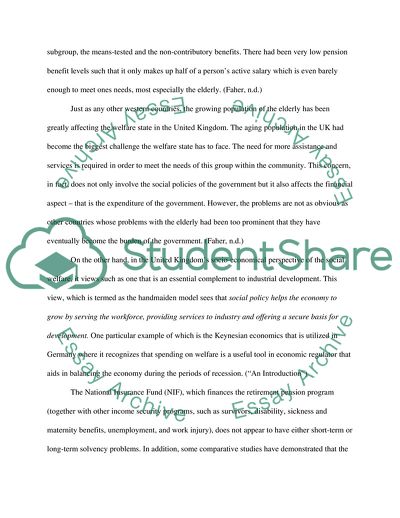Cite this document
(The United Kingdoms Welfare System Case Study Example | Topics and Well Written Essays - 2500 words, n.d.)
The United Kingdoms Welfare System Case Study Example | Topics and Well Written Essays - 2500 words. Retrieved from https://studentshare.org/social-science/1706215-we-cannot-afford-to-provide-state-welfare-for-a-population-that-continues-to-live-longer-and-longer
The United Kingdoms Welfare System Case Study Example | Topics and Well Written Essays - 2500 words. Retrieved from https://studentshare.org/social-science/1706215-we-cannot-afford-to-provide-state-welfare-for-a-population-that-continues-to-live-longer-and-longer
(The United Kingdoms Welfare System Case Study Example | Topics and Well Written Essays - 2500 Words)
The United Kingdoms Welfare System Case Study Example | Topics and Well Written Essays - 2500 Words. https://studentshare.org/social-science/1706215-we-cannot-afford-to-provide-state-welfare-for-a-population-that-continues-to-live-longer-and-longer.
The United Kingdoms Welfare System Case Study Example | Topics and Well Written Essays - 2500 Words. https://studentshare.org/social-science/1706215-we-cannot-afford-to-provide-state-welfare-for-a-population-that-continues-to-live-longer-and-longer.
“The United Kingdoms Welfare System Case Study Example | Topics and Well Written Essays - 2500 Words”. https://studentshare.org/social-science/1706215-we-cannot-afford-to-provide-state-welfare-for-a-population-that-continues-to-live-longer-and-longer.


